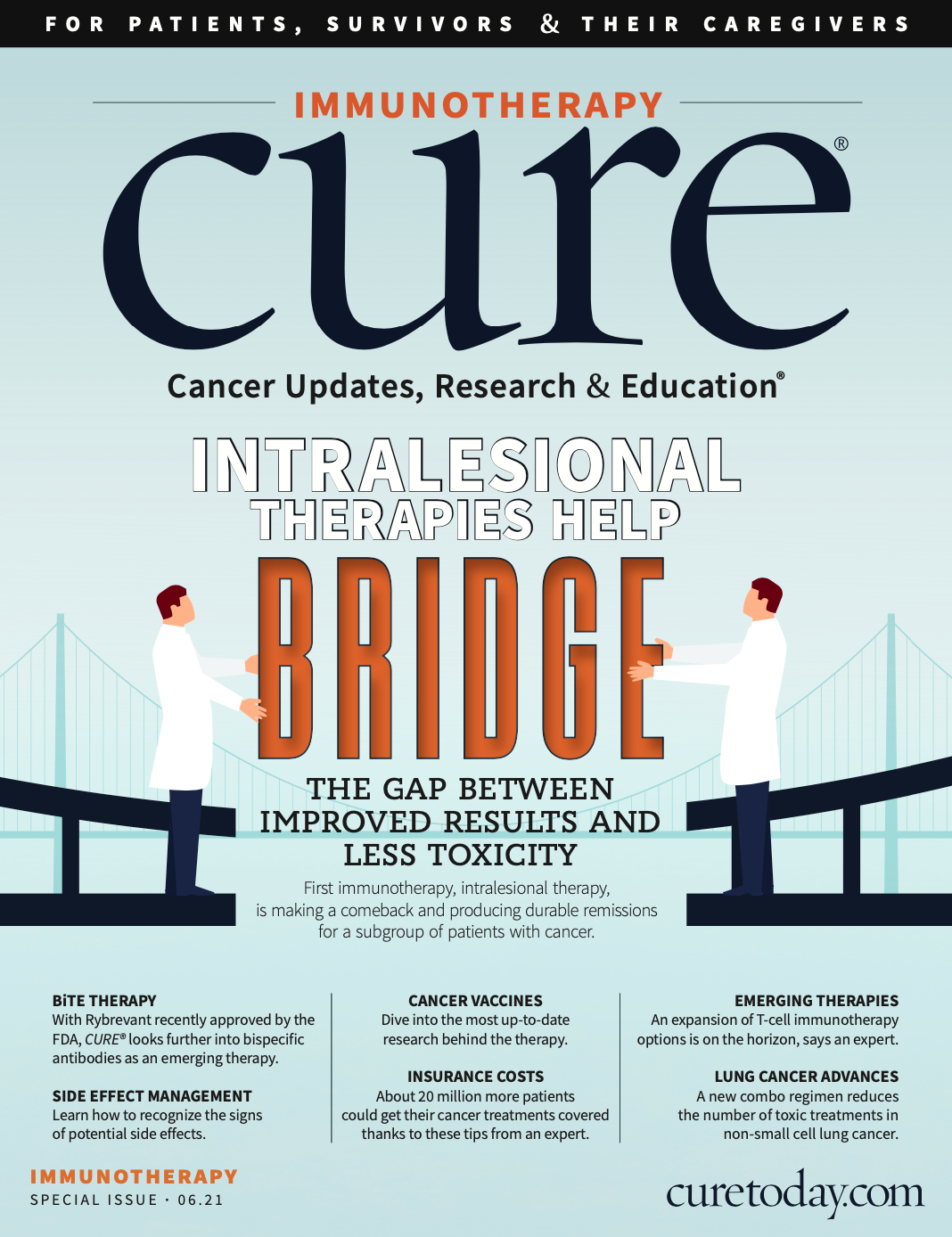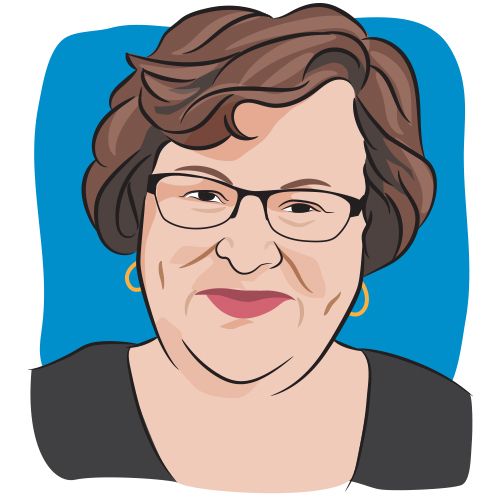Publication
Article
CURE
Immunotherapy Options Around the Bend
Author(s):
One expert tells patients to ‘hang tight’ as immunotherapy options are getting better each year.
Although immunotherapy has become a major pillar in cancer, the current generation of T-cell therapies only benefits a minority of patients, one expert says.
“The problem is that we know only a minority of tumor types really benefit in a big way from these drugs,” said Dr. Mark Yarchoan, an assistant professor of medical oncology at Sidney Kimmel Comprehensive Cancer Center at Johns Hopkins University in Baltimore. “And even within tumor types where they show a lot of activity, only a subset of patients respond, and fewer patients have really long-term remission.”
The use of T-cell therapy began in 1986 when Dr. Steven Rosenberg and colleagues at the surgery branch of the National Cancer Institute started using tumor infiltrating lymphocyte (TIL) therapy, in which doctors test lymphocytes (a type of T cell) to find out which one is best at recognizing tumor cells. From there, the selected lymphocytes are treated with substances that make them grow in numbers. “One of the limitations with (TIL) therapy is that you have to have TIL in your accessible tumor already,” said Dr. Lisa Butterfield, vice president of research and development at the Parker Institute for Cancer Immunotherapy, in an interview with CURE®. “CAR-T cell therapy is not specific to one patient’s tissue type, so that’s certainly a big strength.”
“I think the next frontier is, instead of broadly activating T cells, how do we activate T cells against specific cancer antigens?” Yarchoan said, adding that there is already exciting research underway for this. “Lots of different approaches are being explored, including cancer vaccines, new cellular therapies that utilize T cells that recognize tumor antigens, and bispecific antibodies that bring T cells into the tumor.”
When it comes to broadly activating T cells, there are also more check- point inhibitors coming — allowing immunotherapy to target alternative checkpoints outside of PD-1, PD-L1 and CTLA-4. There is also positive data circulating on how to keep cancer cells from turning off immune receptor TIGIT, which is present on some T cells and natural killer (NK) cells. Dr. Andrew Ewald is one of the faces behind some of this research.
Ewald, who is a professor and co-leader of the department of cell biology at Johns Hopkins University School of Medicine and professor of oncology and co-director at the Cancer Invasion and Metastasis Program at the Sidney Kimmel Comprehensive Cancer Center, discovered that using antibodies can stop cell receptors like TIGIT and KLRG-1 from manipulating NK cells: lymphocytes in the same family as T cells.
The research, which is in its final stages, found that the NK cells were the most abundant early responders to cancer cells arriving, and were particularly good at killing metastatic cancer cells. Ewald’s discovery would keep NK cells in their natural, cancer-killing state.
“It’s a way of keeping the good guys on your team and looking for, detecting and killing the cancer cells wherever they are in the body,” he said.
Butterfield also noted that new trials using CD19 and CD20 CAR T-cell therapy in hematologic malignancies are showing success. In CAR-T cell therapy, CD19, a protein expressed on most B cells, the white blood cells that make antibodies, is successfully targeted in cancers such as B-cell lymphomas. In this process, the therapy gets rid of both cancer cells and B cells. “In some patients, their cancer comes back but doesn’t express the CD19 protein on the surface anymore,” she said, noting that this could lead to resistance to CD19-directed CAR-T cell therapy. “To deal with that, the tumor can be targeted with CD20, which can often be expressed on the tumors as well as other normal B cells.”
Through using both CD19 and CD20 CAR-T cell therapy, the hope is that killer cells won’t become ineffective against tumor cells that downregulate one target, and that the therapy will “persist in patients as a one-time treatment that will keep an eye out for tumor cells that express CD19 and/or CD20, and not allow for resistance to one (or the other),” Butterfield said.
A study being led by a researcher at UCLA, is currently evaluating this.
“I tell my patients to hang tight because there are better things around the corner,” Yarchoan concluded. “I show up to work every day feeling optimistic because our options are so much better than they were a year ago. And I’m really hopeful that they’ll be better in a year than they were today.”
For more news on cancer updates, research and education, don’t forget to subscribe to CURE®’s newsletters here.





